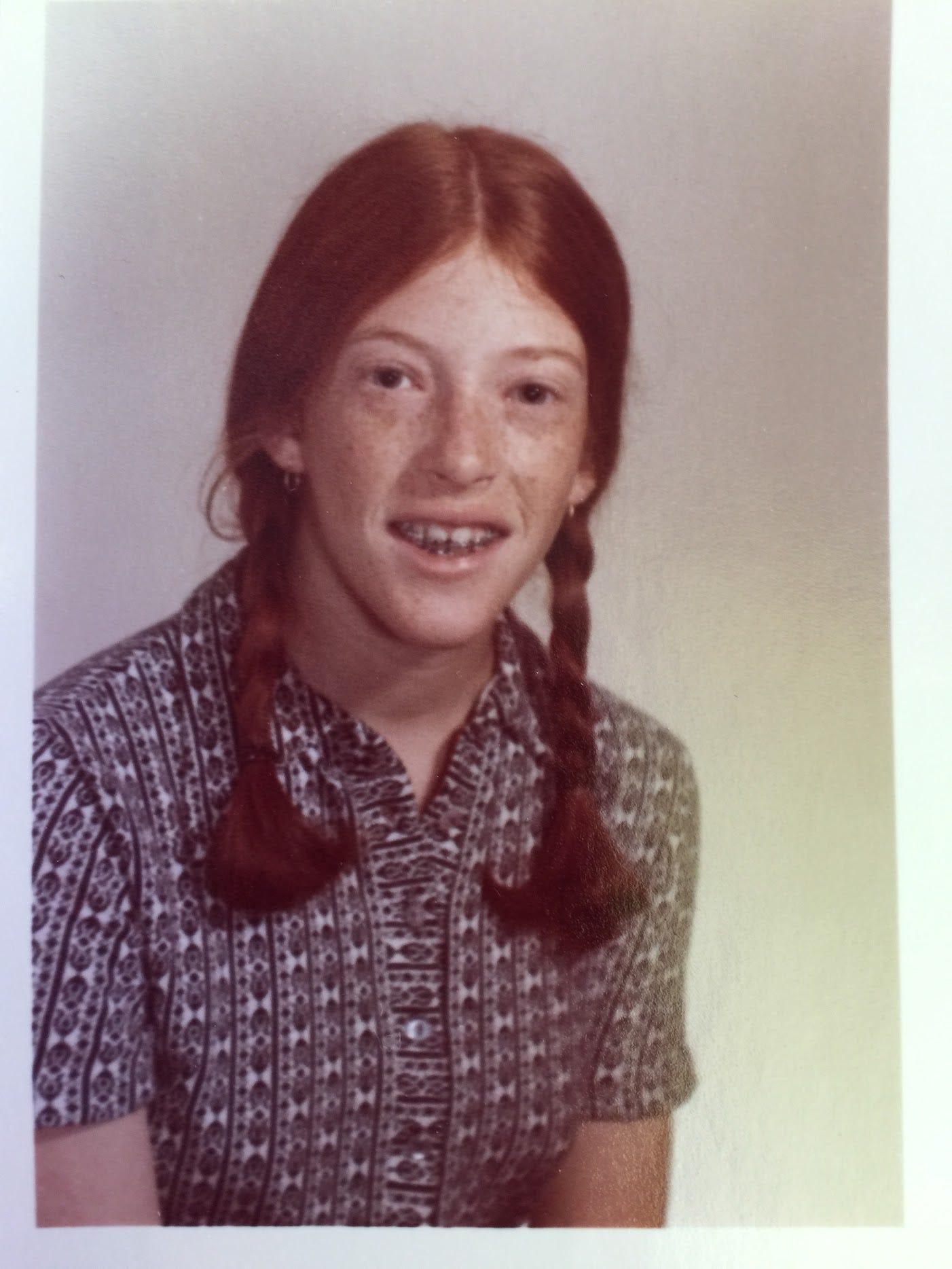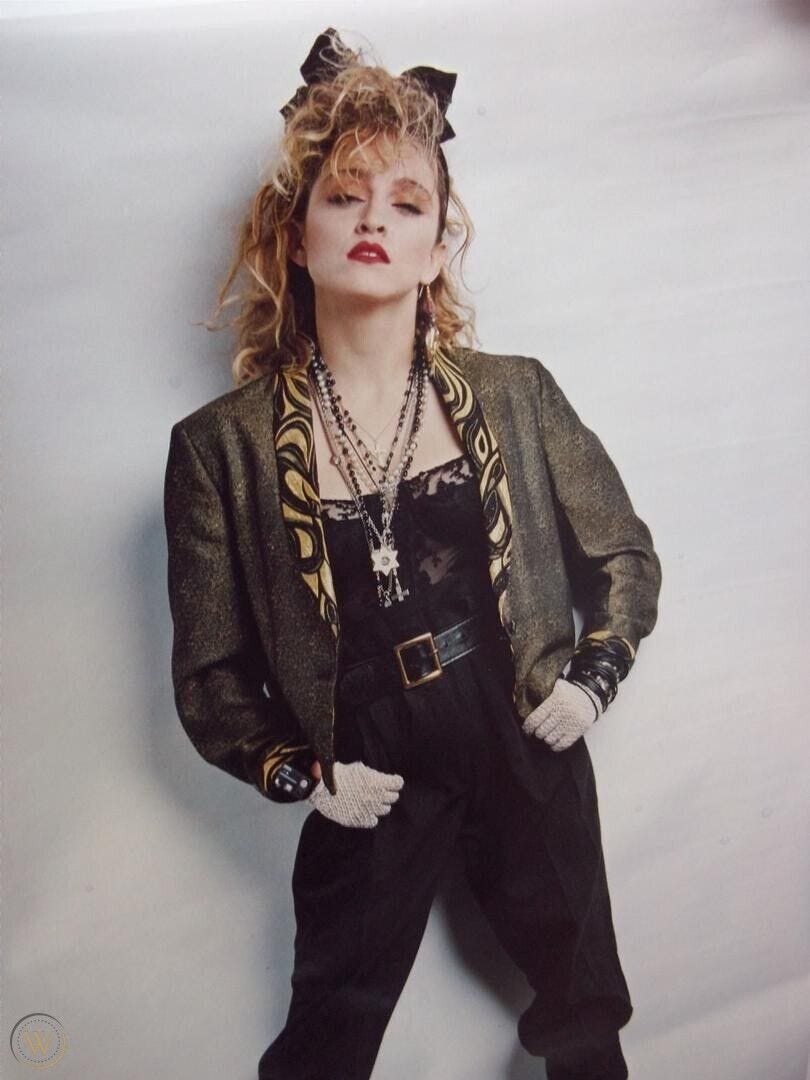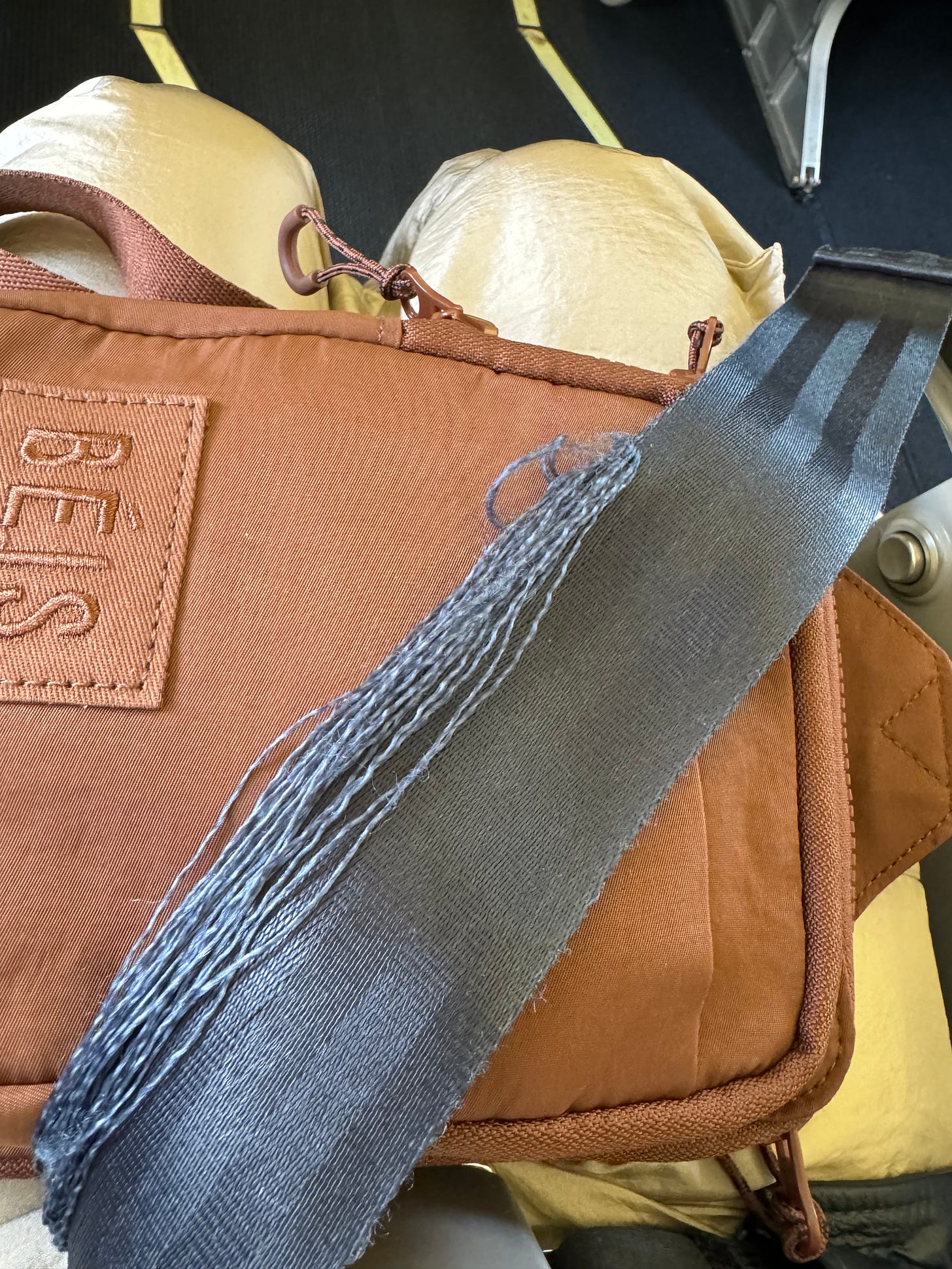As a flat-chested, bucktoothed tween who looked like a fourth grader well into junior high, I dreamed a lot about having—and needing—a bra. I suppose it’s safe to say the difference between childhood and adulthood is the speed with which you want time to move. I wish now I had lingered over my childhood, savored it, even dragged it out a little. Instead, I wanted to molt it like an old skin, the faster the better.
The irony is that I was an unusually slow grower. I still had some baby teeth in seventh grade and I had absolutely no need for supportive lingerie for many years after that. Wearing a bra was a badge of womanhood. And yet, really, it was like getting a mortgage: At first, it feels like such an achievement and a sign of maturity, and then it dawns on you that you’ve taken on a burden and there’s no going back. Yep, we sure wanted bras, and we were innocent of what a millstone they would turn out to be. For a thirteen-year-old girl, the ultimate thrill was to have a boy sidle up and snap your bra strap. What did it mean? Was it some sort of territory marking? It seems like such a primitive impulse that I assume there is some equivalent behavior among gorillas.
When I finally achieved my dream—a little cotton bralette, trimmed with lace, that could pass as legitimate lingerie in the girls’ locker room among the judgey members of my class, at least—I was elated. Then began many decades of the most contrarian impulse: Figuring out how to hide my bra, how to make sure not a sliver of bra straps peeked out of any top. What an irony, to have fought so hard to persuade my mother to get me a bra (at least a year before I even vaguely needed one) only to make hiding it my main preoccupation! In my adolescence, lingerie was to be worn and never to be seen. A drooping bra strap spelled mortification. Any blouse that was cut skimpily, or perhaps had gaping armholes that revealed a bit of the back bra band, was immediately tossed. Women used safety pins to secure their bras in place with almost medical precision. Dresses often had little straps sewn in to keep your bra from peeking out.
Lingerie was pure hypocrisy. It was about giving you a shape but making it seem as if you naturally had that shape; god forbid anyone detected the engineering, the girders and scaffolding, that flattened your ass or perked up your breasts. As a kid, I found it puzzling that lingerie was so fanciful and decorative, and yet you’d die if anyone saw it. I was too young to imagine that maybe your special someone would see you in your frilly bra; I was just puzzled by the contradiction inherent in the concept of ornamental apparel you went to extremes to hide.
This is why Madonna blew everyone’s mind, circa 1985, when Desperately Seeking Susan was released and she shimmied through the movie wearing her lingerie out in the open. She certainly blew my mind. I had spent decades of safety-pinning my bra straps and now…this? I wasn’t ready to waltz around town in black lace, but seeing Madonna dropping the artifice, tossing aside the idea that lingerie was a slightly shameful secret, exhilarated me.
One of the best assignments I’ve ever had was to profile the designer Jean Paul Gaultier for The New Yorker. He’s the most fun person on earth, madly creative, and antic in a lovable way. In addition to his other accomplishments, he designed the now famous cone bra that Madonna wore on her 1990 Blonde Ambition tour. Talk about not hiding your bra straps! Gaultier told me he was fascinated by lingerie and corsetry, and he incorporated it in many of his designs. While I was in Paris with him, he introduced me to his corset-maker, a small, courtly man known as Mr. Pearl. To my delight, Mr. Pearl invited me to his apartment, a dark nook near Notre-Dame. The primary decoration in his apartment was bras: Tiny bras on tiny mannequins, and jeweled bras, and bras made of silk ribbons, displayed as art pieces. There were also models of corsets made of silver thread and iron nails and twigs. Mr. Pearl was celebrated for having trained his waist with a corset when he was a young man; at one point he squeezed it down to an unimaginable twenty-three inches. He confessed that he no longer had the discipline to keep wearing a corset and his waist had ballooned back to normal size. His partner was a young man with floppy blonde hair and the boxed shoulders of a linebacker, and in the middle of the conversation he peeled off his shirt to show me the results of his ongoing diligence with a corset: His body tapered from those linebacker shoulders into a tiny waist, turning his torso into a triangular shape so radical, with caved-in ribs and a hollow belly, that I gasped when he first stripped.
But back to bras. The other day, I was noodling around looking for one, and the first website I went to, shopcuup.com, opened with a banner declaring that the company’s bras “are made to be seen”. A time traveller from 1965 would faint at that declaration, of course. The funny thing is that back when bras were meant to be concealed, they were elaborate and ornamental, covered with lace and pearls and fanciful doodads. Now, the prevailing style in lingerie is clean and mean—bold colors, no lace, no frills—but is intended to be on full or at least partial view. Bras are not a secret anymore: They are treated as simply the first layer of your outfit, which may or may not be exposed. Lately, outer layers of clothing have become as transparent as fairy wings, so your bra announces itself plainly.
It’s taken me a while to transition from hiding my underwear—after all, I spent decades doing that—to having a more modern attitude of flashing it. I have come to love the frankness of it, and little by little I’ve been emboldened. I wear turquoise bras under thin white tee-shirts and rather like the shadow shape that shows. I’ve still got a bit of seventh-grade me that fiddles nervously with an errant bra strap, but I’m adjusting.
SHOW NOTES
—My Béis luggage arrived today and I’m digging it. The maple color is a little more cocoa than maple but it’s still appetizing and distinctive. Like all luggage, it is still just a box with wheels, but, well, it’s a good-looking box. It feels sturdy but it’s lightweight. The handle is padded, which is just a small thing, but one that I appreciate. I’m going to Greece for two weeks at the end of the month and I want to only take a carry-on, so this will be my bag. Wish me packing luck!
—I mean no disrespect to Alaska Airlines, but check out my seatbelt on this morning’s flight to San Francisco:
—I think it would be fun to do an Ask Me Anything column. Please send questions. Ask me anything.







How wonderful to meet Gaultier! I looked like I was 10 (and I'm 5'2") until the summer between junior and senior years in high school and was so jealous of my classmates who looked womanly instead of childish. Then I showed up with boobs at the start of senior year and was teased mercilessly because I'd hormonally gone from zero to 60 over summer vacation and the boys thought I'd gotten implants! Then my breasts wouldn't STOP growing and from a nice B cup I went to a double D and beyond, eventually necessitating a reduction. Then the tissue GREW BACK (it happens to about 30% of women who get breast reductions, my surgeon told me); so 2 decades after reduction #1, I did it again! AND YET, I went from an F/G (bear in mind that I have a small waist and 34.5" hips!!) my breasts still wanted to have their own county and inched up to an E cup.
As a professional actress who performed countless classical roles and wore several different types of corsets over the years, I can say that when you have one custom designed for you, it can be very comfortable. You learn to breathe diaphragmatically and intercostally and if you act and/or sing, the corset can really support the core. And in the short run, you can look fabulous. But tight lacing does indeed, over time, constrict the inner organs. Pregnant women who were tight-laced in earlier centuries risked the health of their fetuses.
I was upset when my mother bought my first training bra. "What will it train my breasts to do?" According to the nuns at my school, they should be trained to stay squished flat. Anyway, I do love your essays.